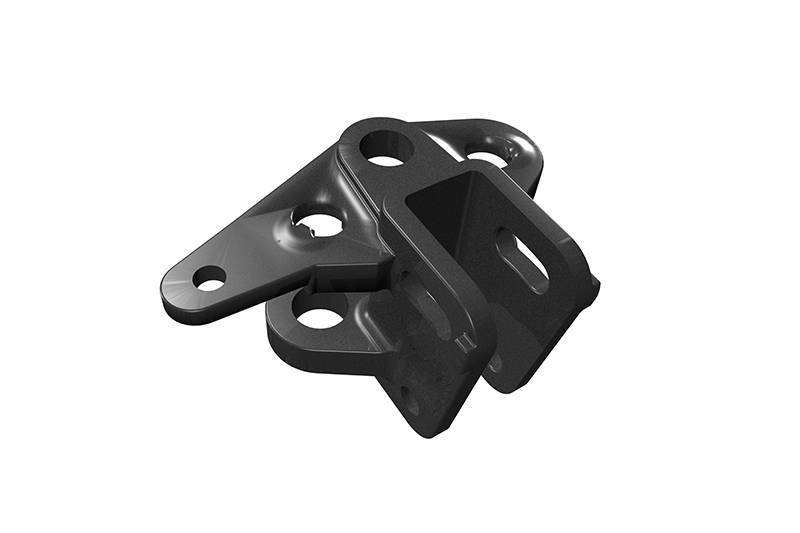Casting generally does not apply pressure,and not require high strength of equipment and molds, has small restrictions on product size. Therefore, the production investment is less, and large-scale parts with excellent performance can be obtained, but the production cycle is long, and mechanical processing must be carried out after molding. On the basis of traditional casting, methods such as pouring, insert casting, pressure casting, spin casting and centrifugal casting are derived.

1. Perfusion. The difference between this method and casting is that the product is released from the mold after casting, while the mold is an integral part of the product itself during pouring.
2. Embedded casting. Various non-plastic parts are placed in the mold cavity and solidified with the injected liquid material to encapsulate them.
3. Pressure casting. Applying a certain pressure to the material during
casting is conducive to injecting the viscous material into the mold and shortening the filling time. It is mainly used for epoxy resin casting.
4. Spin casting. After the material is injected into the mold, the mold rotates around a single axis or multiple axes at a low speed, and the material is distributed on the inner wall of the mold cavity by gravity, and shaped by heating and curing. For the manufacture of spherical, tubular and other hollow products.
5. Centrifugal casting. A certain amount of liquid material is injected into a mold that rotates at a high speed around a single axis and can be heated, and the material is distributed on the inner wall of the mold cavity by centrifugal force, and is solidified into a tubular or hollow cylindrical product by physical or chemical action. Monolithic cast nylon parts can also be formed by centrifugal casting.
 English
English
